Content
"Bread and cabbage dashing will not be allowed" - so they said among the people. In winter, these products saved people from a hungry existence. Fortunately, we are no longer in danger of hunger. Nevertheless, cabbage, especially sauerkraut, remains an important part of the menu throughout the long winter.
There are many recipes for fermentation, everyone can choose any of them to their liking, from classics to real exotic. But almost all of them contain carrots. It enriches the fermentation with sugars and vitamins, gives it a pleasant color and taste.
How many carrots do you need for pickling
In the classic recipe, the weight of carrots is about 10% of the weight of cabbage heads. But everyone has their own taste. Someone will put it less, someone, in general, will do without it. Each option has a right to exist. There are regions in which it is customary to add so many carrots to cabbage that the pickling turns orange. In any case, this vegetable should be fresh, juicy, and contain a considerable amount of sugars. Only such carrots will produce the highest quality product.
Fermentation in your own juice
This is a classic Sauerkraut with carrots. Her recipe is known to many, it is prepared quickly and easily.
Ingredients:
- cabbage heads already peeled - 5 kg;
- carrots - 0.5 kg;
- salt - 100 g.
The cooking process is surprisingly simple. Cut the heads of cabbage vertically into pieces, cut into thin strips.
Rub or cut the peeled carrots in a convenient way. Someone loves thin cubes, and some cut it into slices. We put our slices in a wide and deep dish, sprinkle with salt, mix. If you want it to give juice faster and sour, you should grind it thoroughly so that this very juice stands out. For lovers of a crispy product, it is enough just to mix the future fermentation well. In both cases, the further action is the same: filling the fermentation container with compaction of each layer. You can do it just with your fist. Very good for these purposes is the wooden crumpet, which our mothers used to make delicious mashed potatoes. Now they use another kitchen utensil for this.
Cover the well-watered cabbage mixture with a cabbage leaf or lid and press down with a load. In the old days, a special stone was used for this, but we can do with any suitable container with water. After about a day, the released juice will completely cover the fermentation.
It happens that the fermentation does not release so much juice that it completely covers it. Either the cabbage lay for a long time, or it was harvested on the wrong day, for example, when the moon is in the sign of Leo. The cabbage should be helped, otherwise the pickling will slow down, and its top layer will start to deteriorate. Lightly add some salt to the water and pour it into a fermented dish to correct the situation.
On the second day of fermentation, bubbles appear, which become more and more. This is a signal that the time has come to remove the foam and pierce the fermented product to the bottom. If the gases are not released from the cabbage, it will be very bitter. This should be done at least a couple of times a day until the end of foaming. The foam on the cabbage contains microorganisms, which may well reduce all the housewife's work to nothing and quickly spoil the finished product.
After about five days, you can transfer the finished workpiece to jars, or you can leave it in the dishes in which it was fermented, but be sure to put it in a cold place so that it does not oxyderate.
Sauerkraut is an international product, but the traditions of its preparation in each country and even in each region are different. This is how it is prepared in an unusual way in the Kuban.
Kuban sauerkraut
To prepare it, take:
- cabbage heads - how much is required to fill the dishes;
- carrots - 1/10 of the weight of the heads;
- a glass of salt dissolved in 3 liters of water.
To add spice to our workpiece, season it with allspice peas, bay leaves.
Shred cabbage finely, three or cut carrots. We mix. Prepare a solution of salt in water. You need to dissolve it completely. Take a handful of cabbage mixture, dip it in salt water. We spread in layers, tamping well and seasoning each layer with spices. When the dishes are full, cover the fermentation with a lid and place the load. You need to pierce such cabbage and remove the foam on the second day, and a delicious dish is ready on the third day. Store it, like any sauerkraut, in a cool place.
German sauerkraut
In Germany, sauerkraut is also a national dish. They cut it into very thin strips and ferment it "all the way", so the cabbage turns out to be very sour. How to cook sauerkraut with carrots in German?
In addition to the ingredients we are accustomed to, apples and juniper berries must be added to it, giving a light resinous aftertaste. Cook this kind of cabbage, and your menu will always have a classic German dish - sausages with sauerkraut.
Ingredients:
- 6 kg of prepared cabbage heads;
- 4 medium-sized carrots;
- 4 tbsp. spoons without a top of salt;
- 6 tbsp. spoons of cumin;
- 6 apples;
- juniper berries - 1 glass.
We cut this vegetable very thinly, the cabbage will not be crispy, but, cooked in German, it should not be like that. Three carrots in the usual way. The cumin will have to be fried. The pan must be dry. Mash the spice well. Free the apples from the core, cut them into thin slices. Grind the mixture of cabbage and carrots, adding salt. Stir with the rest of the ingredients and lay out where we will ferment.
It will take three days to wander under the load of fermentation. During this time, it will have to be pierced several times to the very bottom. We store it in the cold. For fresh consumption, this pickling is sour, but cabbage soup and stewed cabbage are beyond praise.
Conclusion
There are a lot of dishes that can be prepared from this delicious preparation. It is especially good for those who are fasting. Cabbage soup, hodgepodge, zrazy and pies with sauerkraut allow you to diversify the menu, please yourself with delicious dishes, even on a lean diet.

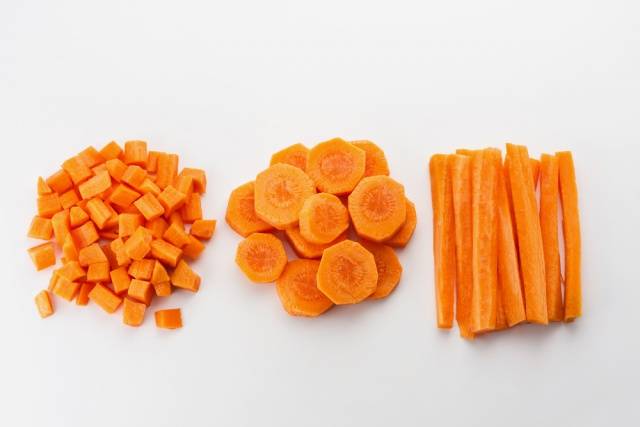
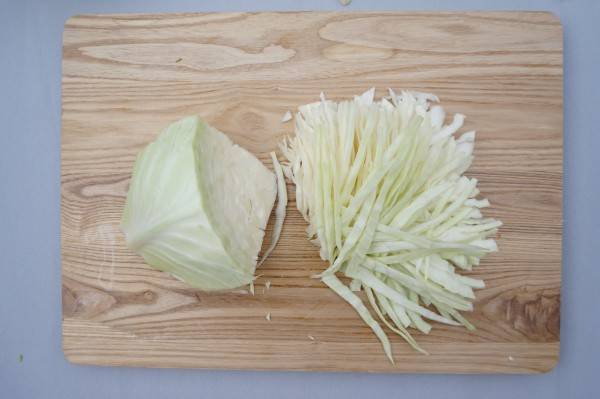
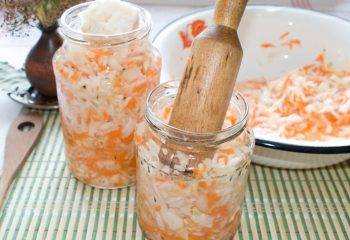

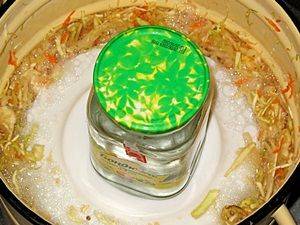


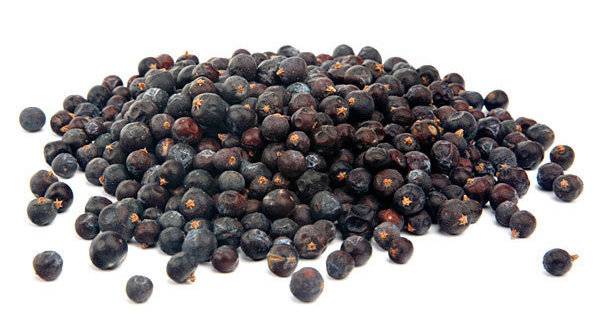
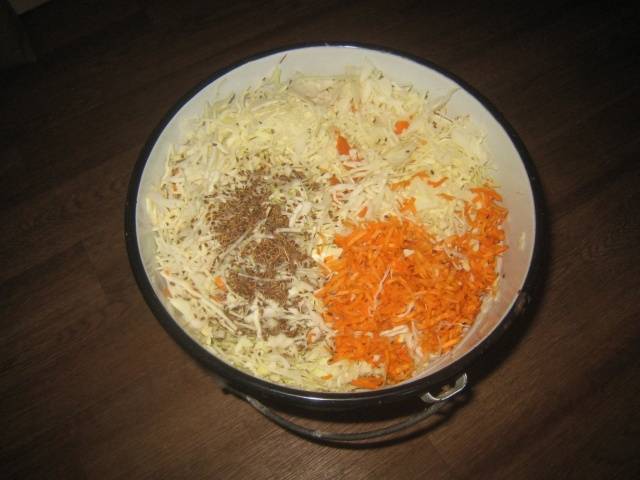
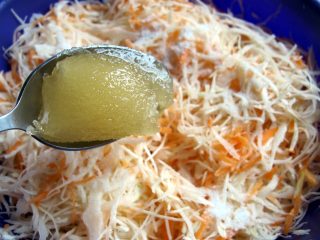
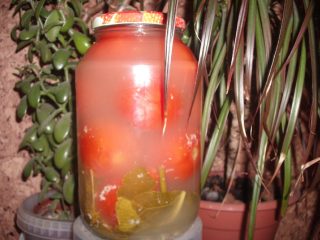




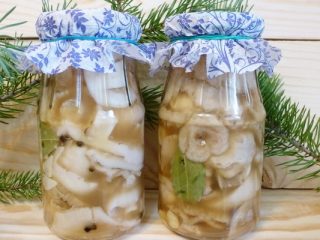


Unfortunately, German Sauerkraut is not sauerkraut. sour it with vinegar. The Germans put vinegar everywhere.